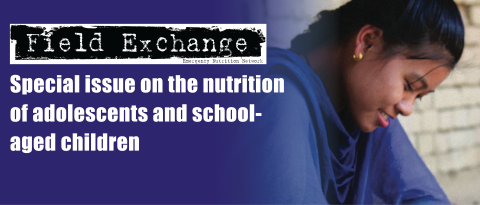Determinates of dietary intake among adolescents in Bangladesh
This is a summary of the following two papers:
- Islam MR, Rahman SM, Tarafder C, et al. (2020). Exploring Rural Adolescents’ Dietary Diversity and Its Socioeconomic Correlates: A Cross-Sectional Study from Matlab, Bangladesh. Nutrients, 12(8): 2230. Available at: https://doi.org/10.3390/nu12082230.
- Salwa M, Subaita F, Choudhury SR, et al. (2021). Fruit and vegetables consumption among school-going adolescents: Findings from the baseline survey of an intervention program in a semi-urban area of Dhaka, Bangladesh. PLoS ONE, 16(6): e0252297. Available at: https://doi.org/10.1371/journal.pone.0252297.
Adolescence is a critical phase characterised by rapid physical, physiological and cognitive development. This period represents an additional ‘window of opportunity’ to correct deficits due to poor early life nutrition. Increased demand for macro-and micro-nutrients in this period heightens nutritional vulnerability. Understanding adolescent dietary diversity (DD) is the first step to addressing adolescents’ nutritional vulnerability while tackling the multiple forms of malnutrition prevalent in Bangladesh.
The first study aimed to explore DD in a cohort of rural adolescents from Matlab in Bangladesh. The objectives were to: (i) describe and analyse DD and the consumption pattern of foods from different groups along with their social and economic stratification, and (ii) identify the socio-economic and demographic predictors of inadequate DD among these adolescents. A cross-sectional study nested within a 15-year trial was used to explore DD and its underlying socio-economic predictors among 2,463 adolescents. DD was measured using 24-hour recall.
The second study aimed to describe the fruit and vegetables consumption habits of adolescents in Dhaka in Bangladesh as well as to identify the socio-environmental, personal and behavioural factors that influence these habits using baseline data from an intervention study involving 823 grade 10 students in a semi-urban area of Dhaka.
A total of 42.3% of adolescents had inadequate DD in Matlab. The consumption of nutrient-rich foods varied significantly across gender and socio-economic categories. Belonging to the poorest households, food-insecure households, having mothers with lower educational attainment and adolescents’ attainment of secondary education were associated with inadequate DD. In Dhaka, only 21% of adolescents had five servings of fruit and vegetables a day. Inaccessibility at home was reported as the most perceived barrier. Higher maternal educational attainment, more social support, adequate self-rated practice, positive behavioural intention, higher body mass index, better physical activity and adequate daily sleep were associated with higher fruit and vegetable intake.
The findings highlight the urgent need to invest in formulating and implementing targeted interventions to diversify the diet of rural adolescents. More research is needed into the determinants of dietary intake among adolescents in Bangladesh to enable interventions to effectively address the underlying predictors while targeting those most at risk.


